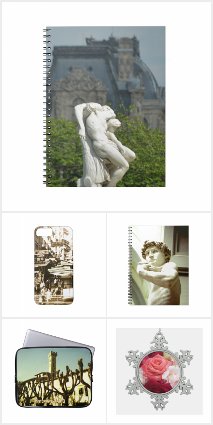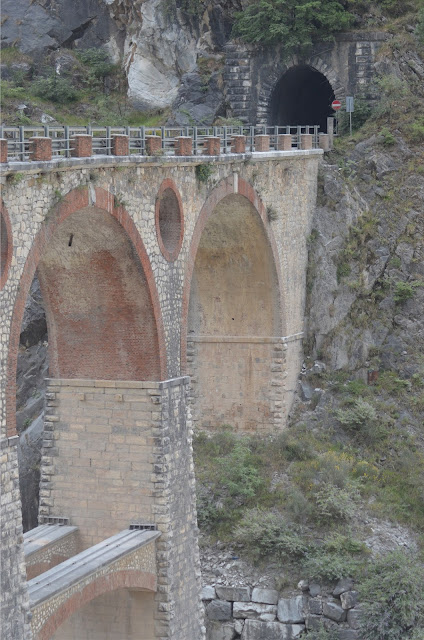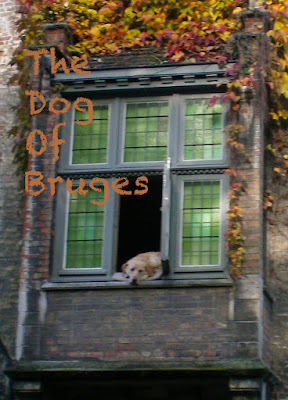Today I discovered the marble quarries of Carrara, in Tuscany. I'm not too far from Florence , yet feel a world away. All week I have been sweltering in +30 C temperatures, but the up here in the mountains the air is cool. A mist has rolled in over the mountain tops, and droplets of water sweep by in the breeze. I stand in awe at the sheer size of these blocks. The entire mountains are made from marble, and have been mined since antiquity. Think Roman Forum, then Michelangelo's David . Both made from marble from this quarry. The morning passes, and it is time for coffee in Carrara. Later I will visit the Arts Academy, and wander past the Duomo where art students are busy with hammer and chisel. The whole town, it seems, is made of marble. Like my photos? - if you feel like contributing to my coffers, please click the link to buy either my photos from the micro-stock site 123RF , or products from my store, EnsoCreations. Cheers! Otherwise
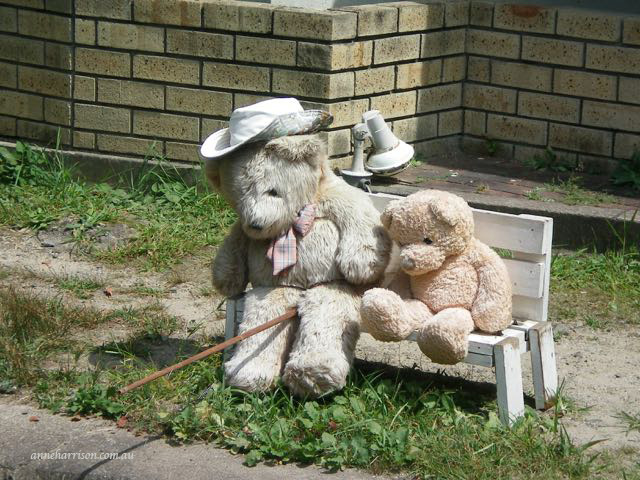
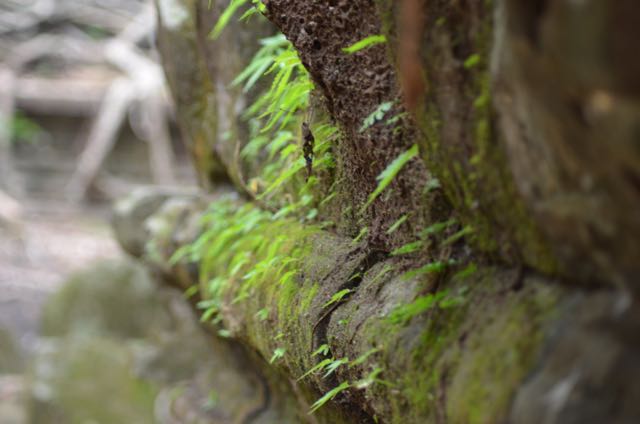
 Follow on Instagram
Follow on Instagram